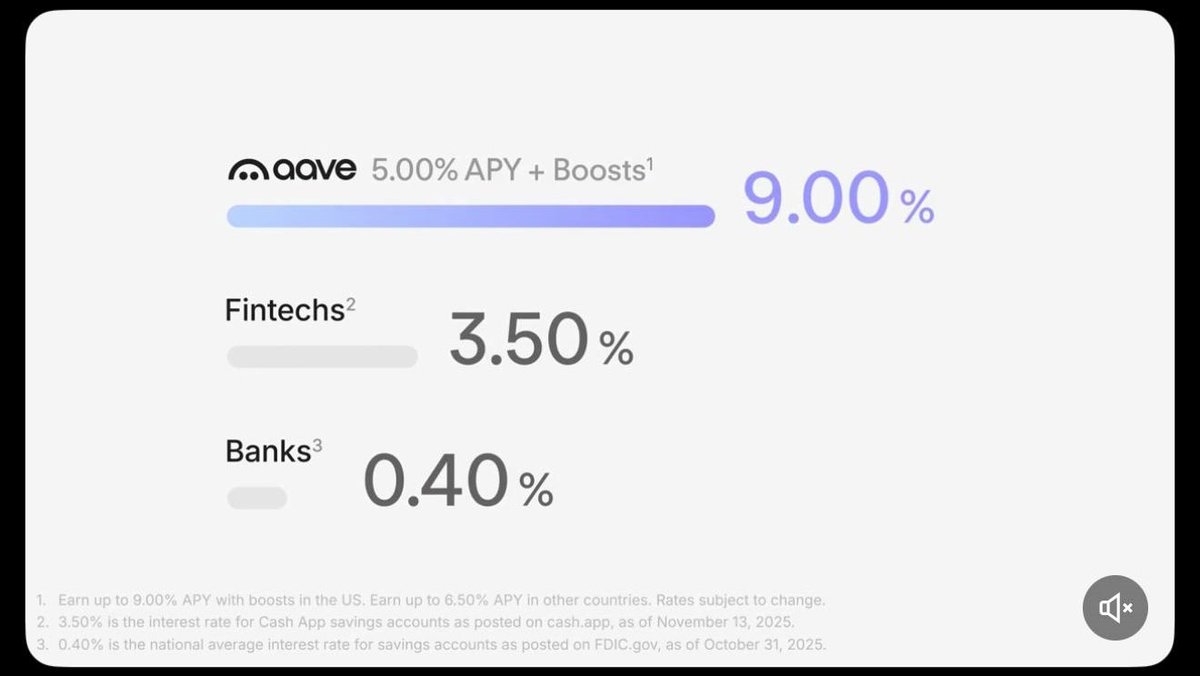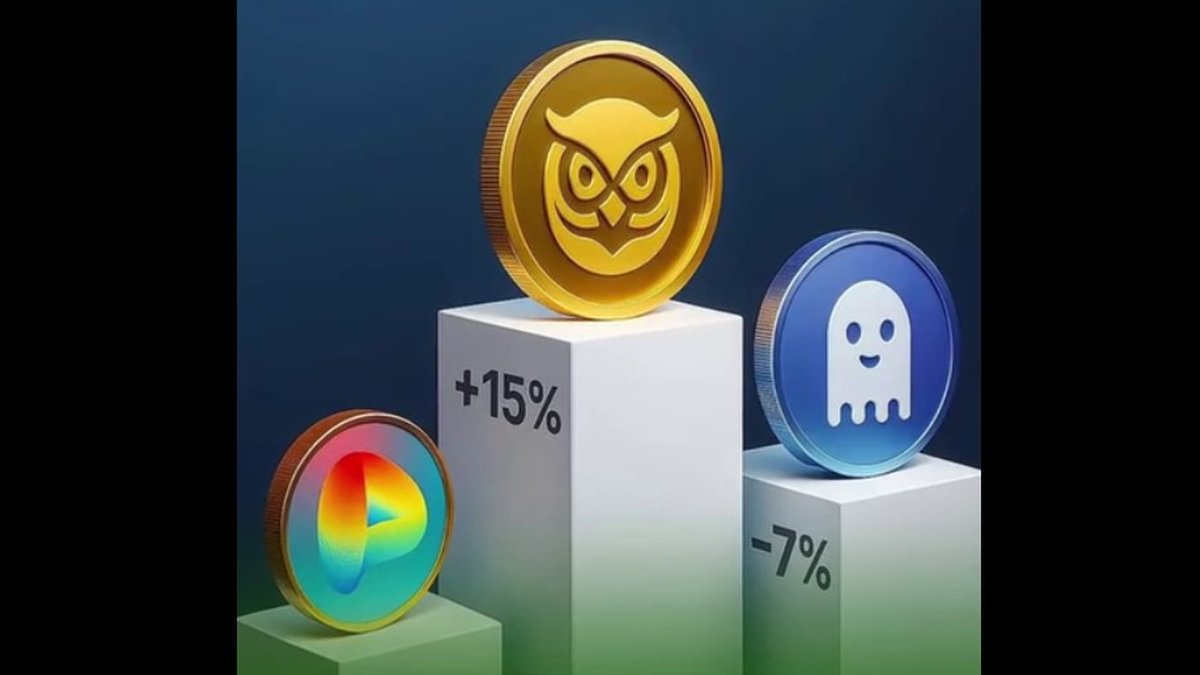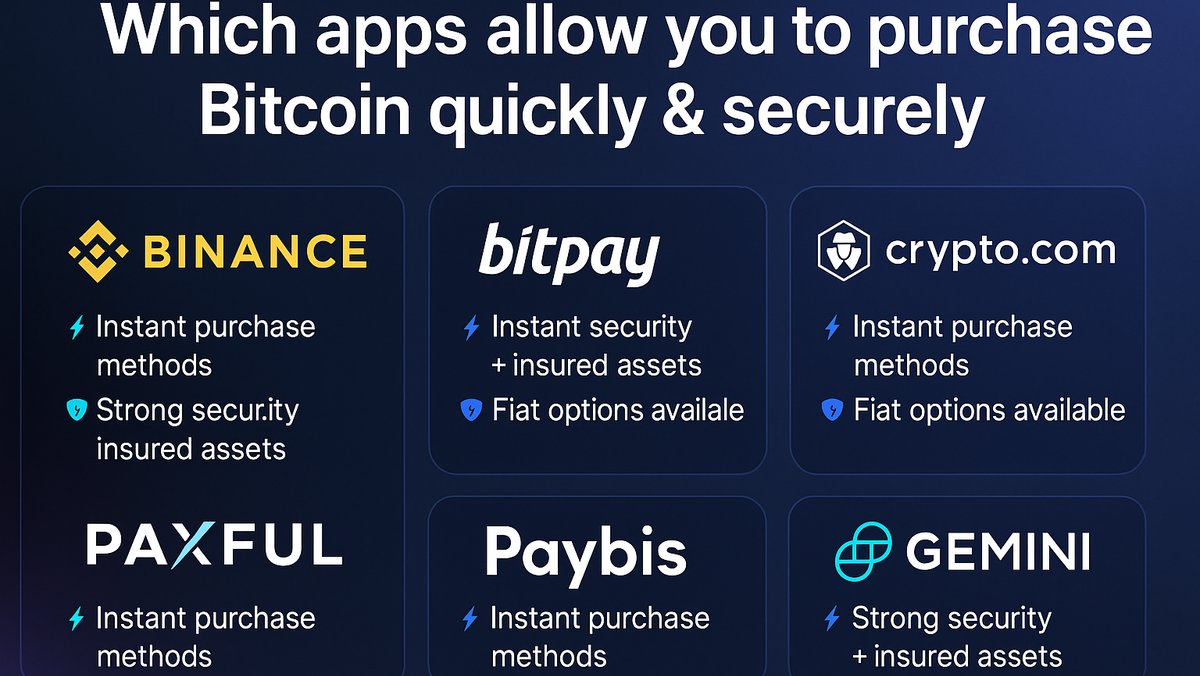Best Crypto Lending Apps: Turning Idle Assets into Income
Crypto lending apps have emerged as one of the most exciting innovations in the decentralized finance (DeFi) movement, offering investors a way to earn passive income by lending their idle cryptocurrencies. Unlike traditional banks, which operate as intermediaries, these platforms use blockchain-based smart contracts to connect borrowers and lenders directly. By leveraging technology, they provide higher yields, faster transactions, and greater accessibility for a global audience.
Why Crypto Lending Matters
In traditional finance, depositing money into a savings account yields minimal interest due to low global rates and centralized inefficiencies. Crypto lending apps flip this model by allowing lenders to earn annual percentage yields (APYs) that can range from 3% to over 15%, depending on the asset. Borrowers benefit too, gaining access to liquidity without selling their crypto holdings—an attractive option for long-term investors who don’t want to miss out on potential future gains.
How Crypto Lending Works
The mechanics are straightforward: lenders deposit crypto into a lending pool managed by the app, and borrowers provide collateral (often over-collateralized) to take out loans. Smart contracts automatically enforce repayment terms, interest rates, and liquidation thresholds. This eliminates the need for banks or credit checks, creating a borderless system where anyone with an internet connection can participate.
Top Crypto Lending Apps in 2025
1. Aave
Aave is a decentralized protocol that pioneered features like flash loans and variable interest rates. Its user-friendly app allows lenders to earn interest across multiple assets while giving borrowers flexibility with collateral and repayment. Security audits and a strong developer community make Aave a trusted option.
2. Compound
Compound uses algorithmically determined interest rates based on supply and demand. Its lending pools cover assets like ETH, USDC, and DAI. Through its governance token COMP, users can also vote on protocol upgrades, making it one of the most community-driven platforms.
3. Nexo
Nexo blends centralized efficiency with crypto innovation. It offers insured custody, instant withdrawals, and daily interest payouts. With fiat on-ramps and crypto debit cards, Nexo bridges traditional finance and digital assets, making it ideal for mainstream users.
4. Celsius (Rebuilding Post-2023)
Despite past challenges, Celsius is attempting a comeback with stricter compliance and risk management measures. Its mobile app continues to provide an intuitive interface for lending and borrowing, though users should exercise caution and follow regulatory updates closely.
5. YouHodler
YouHodler targets retail investors by offering high-yield savings accounts and multi-collateral loans. Its app supports a wide range of crypto and stablecoins, catering to both conservative savers and active borrowers.
Key Benefits of Crypto Lending Apps
- High Yields: Lending stablecoins like USDT or USDC often delivers higher APYs compared to traditional savings.
- Accessibility: No credit checks, making financial services available to underserved populations worldwide.
- Diversification: Investors can spread risk across different platforms and assets.
- Transparency: On-chain smart contracts allow anyone to audit how funds are managed.
Risks and Considerations
Despite the benefits, crypto lending is not risk-free. Smart contract bugs, platform insolvency, and market volatility are key concerns. For example, if collateral drops sharply in value, borrowers may face liquidations, impacting lenders’ yields. Additionally, some centralized apps have faced regulatory crackdowns, creating uncertainty for users.
Mitigating risks involves diversifying across platforms, favoring audited protocols, and avoiding overexposure to highly volatile assets. Investors should also keep in mind that yields can fluctuate dramatically depending on market conditions.
Regulation and the Future of Crypto Lending
Governments worldwide are paying closer attention to lending platforms, especially those offering high-yield products to retail investors. Stricter rules may bring stability and investor protection but could also limit the flexibility and returns that make crypto lending attractive. Forward-looking apps are already adopting compliance measures, such as Know Your Customer (KYC) checks and insurance coverage, to align with evolving regulations.
Investment Outlook
The future of crypto lending apps looks promising as more institutional players enter the space. Expect greater integration with decentralized identity systems, enhanced interoperability, and broader adoption of tokenized real-world assets as collateral. For long-term investors, crypto lending remains an opportunity to put idle assets to work, provided they approach with due diligence and realistic expectations.
Conclusion
Best crypto lending apps empower investors to unlock the value of their digital assets, offering both passive income and flexible liquidity options. While the risks are real, the potential rewards are significant. As technology matures and regulations clarify, these platforms are likely to become cornerstones of the global financial system. For anyone serious about maximizing crypto investments, exploring lending apps is no longer optional—it’s essential.
Further Reading and Resources
Market | Crypto Insurance | Signals
Frequently Asked Questions
What is a crypto lending app? A crypto lending app allows users to deposit cryptocurrencies and earn interest by lending them to borrowers through smart contracts or centralized platforms.
Are crypto lending apps safe? Reputable apps with audited contracts and insured custody are safer, but risks like hacks, defaults, and regulations remain.
Which coins are best for lending? Stablecoins like USDC, USDT, and DAI are popular due to lower volatility and steady demand from borrowers.
Can I lose money? Yes. Market crashes, liquidation events, or platform failures can result in losses. Diversification is key to reducing exposure.
What’s the future of crypto lending? Expect more regulation, institutional adoption, and integration with real-world assets, making crypto lending a mainstream financial tool.







